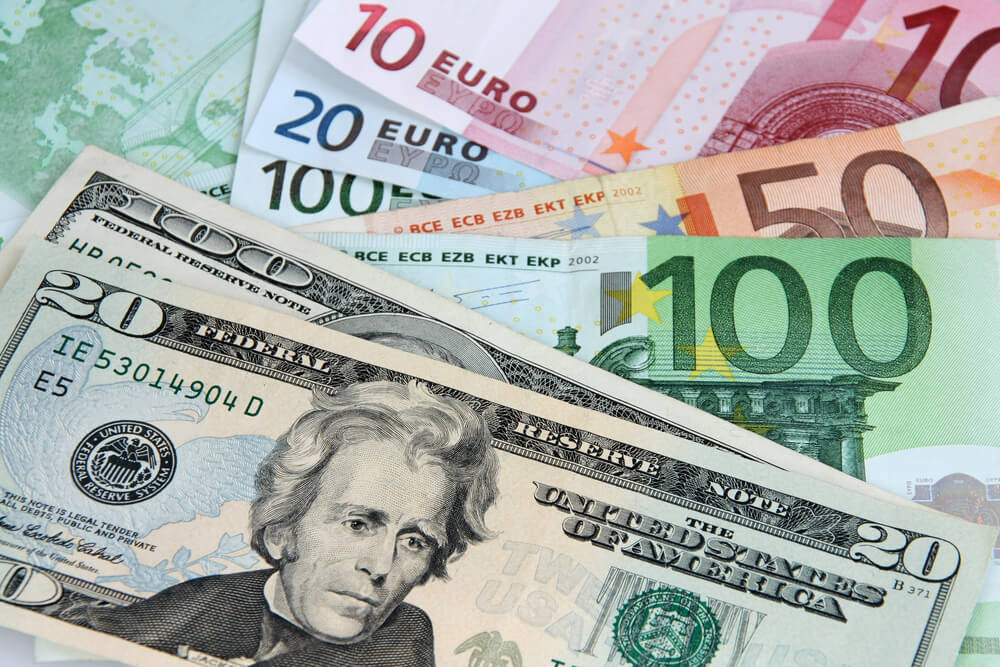
The dollar index dropped to a week low
The dollar dropped to its lowest in a week. Attention is turned to the ECB’s policy meeting now.
On Wednesday, softer consumer prices data in the US helped ease fears about a possible inflation surge. US Treasury yields decreased from their recent spike.
The dollar decreased about 0.2% at 91.606 against a basket of currencies. On Tuesday, the benchmark reached the three-month high of 92.506.
At the European Central Bank meeting, policymakers are likely to maintain that they will halt bond yields from rising further and hurting the bloc’s outlook. Besides, the ECB is forecast to signal faster money printing.
ING analysts don’t expect the euro will be the focus of the central bank’s discussion. The currency has dropped since the previous meeting. Besides, dollar-related factors, such as Treasury yields, drive the EUR/USD pair, the analysts said.
What are the prospects for the EUR/USD pair?
The euro was about 0.3% higher against the dollar, standing at $1.19585. So far this year, the currency has dropped 2.1%. Analysts believe that when this happens to the EUR/USD pair, it means that the trend is not likely to continue. The pair will be in the market’s focus today because of the European Central Bank’s meeting. The price is already experiencing some volatility, behaving very bullishly and breaking up beyond the previous resistance level at 1.1946.
Analysts say that the price is poised to surge higher. However, the meeting of the Central Bank will determine the further development of the currency. If the ECB supports a bullish euro, it is likely to hike today.
Thu Lan Nguyen, a Commerzbank strategist, stated that if the central bankers indicate that they would be willing to exhaust their current asset purchasing program and even extend it, it could pressure the euro.
Still, the strategist does not expect a significant impact. Compared to the US, the market only expects rate hikes to occur in the very remote future in the eurozone.
Elsewhere, currency markets displayed signs of moderately increased risk appetite.
The AUD and NZD increased for the third session in a row. Both currencies stood at their highest level in a week against the USD.
On the other hand, the Norwegian crown was strongest in just over one year against the EUR.
The safe-haven Swiss franc fell against both dollar and euro.
The Japanese yen was down about 0.2% against the dollar.


